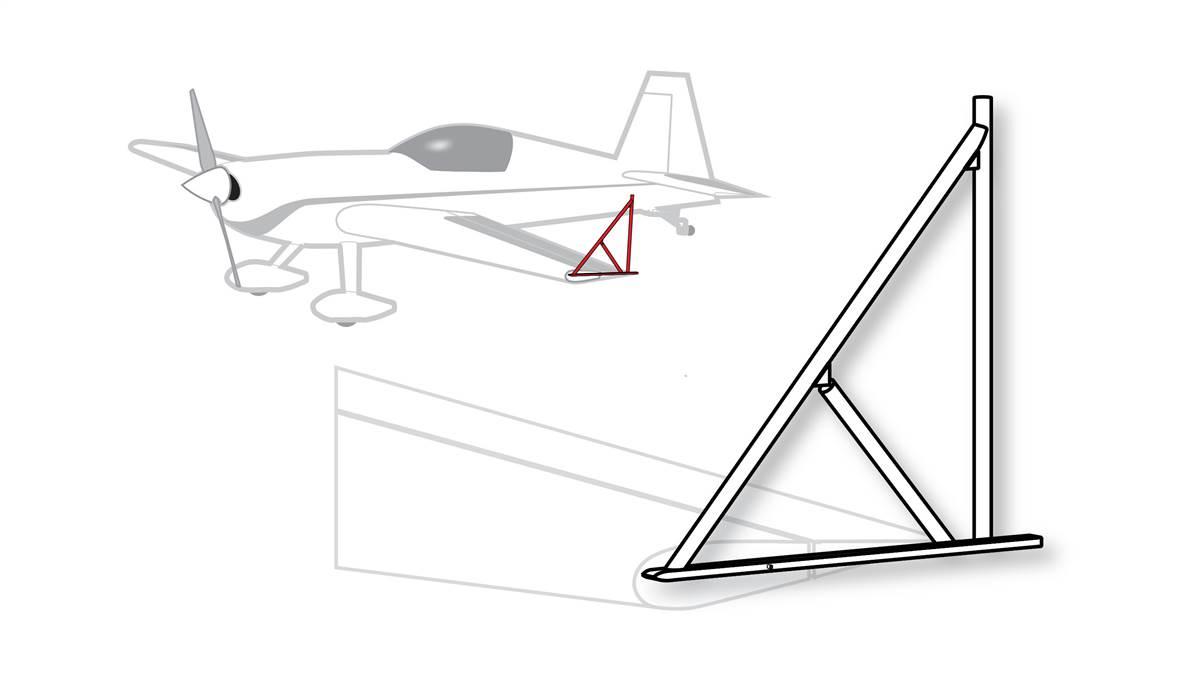Sighting devices
The stigma is gone

Traditional instruments such as gyro attitude indicators are useless for these tasks because they tumble or become inaccurate during aggressive aerobatic maneuvering.
Instead of looking forward over the nose, aerobatic pilots must look sideways at their wing tips to judge their orientation relative to the horizon, and that’s where the sighting devices can help. When flying straight up at the beginning of a hammerhead turn, for example, a glance at the sighting device lets a pilot know whether the airplane is oriented properly in both pitch and yaw.
Some sighting devices have a piece of yarn attached to show the pilot whether the airplane is going forward or backward, as in a tailslide or torque roll.
The simplest form of sighting device is a grease pencil. Simply marking vertical and 45-degree lines on the aircraft canopy serves the same purpose as a sighting device on the wing, but lining up the close-up pencil mark to the distant horizon is tricky.
Sighting devices came into wide use during the 1970s, and some competition pilots of that era regarded them as bad form, a crutch for weak pilots. As time went on, however, they proved so beneficial and came into such widespread use that there’s no longer any stigma for using them.

